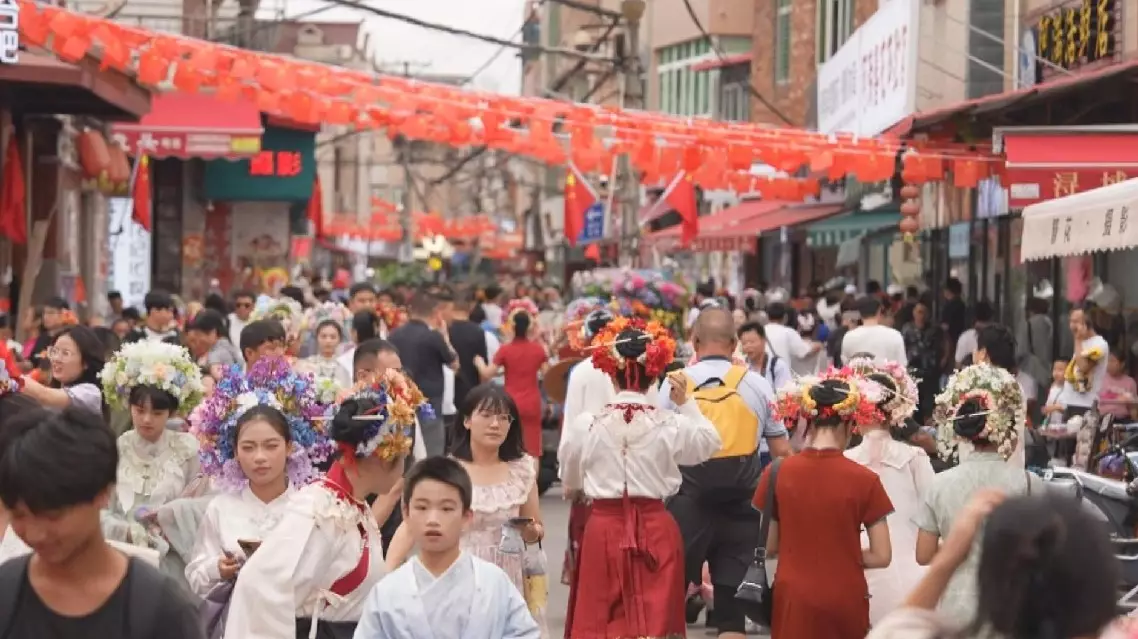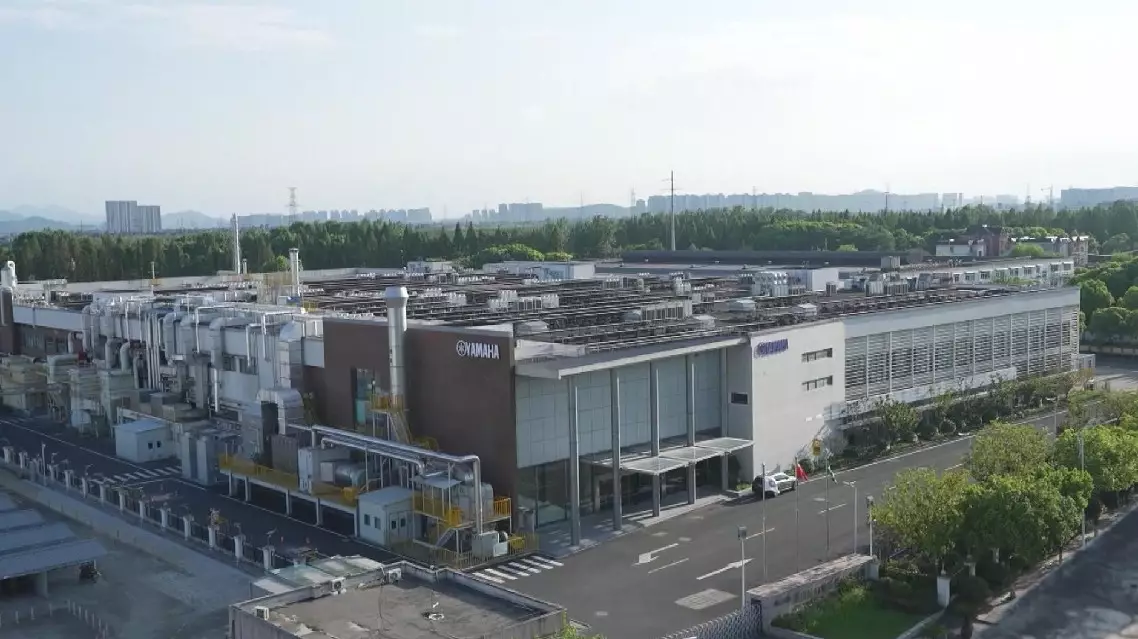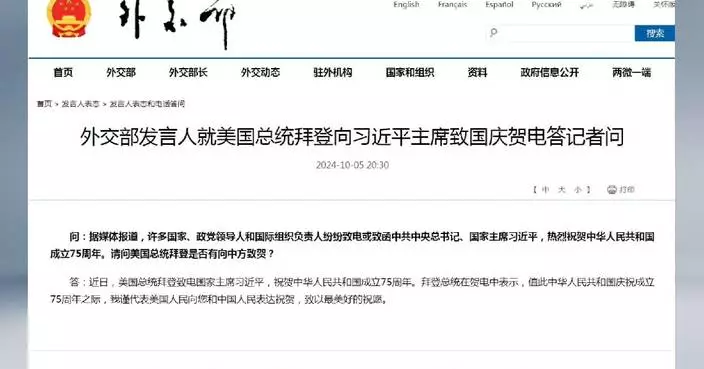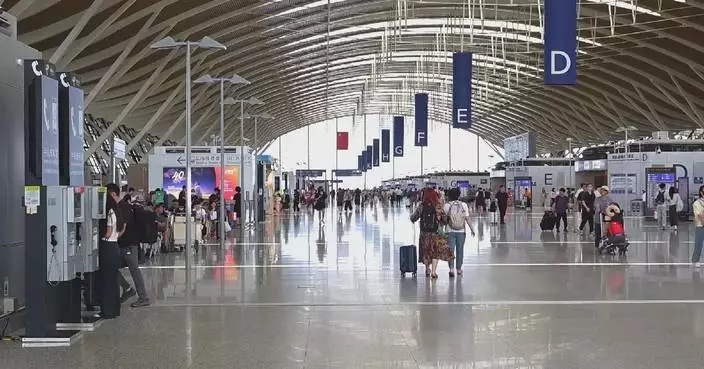Cultural experiences and historic sites have drawn holiday tourism in villages and cities across China during the week-long National Day which started on Tuesday.
In the rural outskirts of the coastal city of Quanzhou in east China's Fujian Province, tourists are given a chance to wear local traditional head-pinned flowers in Xunpu Village, where more than 100,000 tourist visits have been received every day during the holiday.
It is a traditional custom for local women in the village to pin seasonal flowers in their hair when they are working on the beach, showing their affection for life and aspiration for a rosy future. In 2008, the custom was listed as China’s national intangible cultural heritage.
The seaside village also features old buildings made of oyster shells, prompting many tourists to pose for photos.
Cultural performances have also been staged in the village, including marionette puppet shows and Nanyin music, which features slow, elegant melodies and has been inscribed on the UNESCO Representative List of Intangible Cultural Heritage.
In Zunyi City of southwest China's Guizhou Province, the Wujiangzhai scenic spot, known for its picturesque cultural scenery, has held a number of folk activities.
The stilted buildings, together with the river where a rowing stunt performance was being held, made for a photogenic sight to behold, much to the delight of shutterbug visitors.
"It comes into a hazy scenery, another kind of beauty. The journey has not been made in vain," said Xiang Lirong, a tourist.
Tourists at the site have also been enjoying traditional shadow plays while tasting tea. At night, they can also watch molten iron fireworks and participate in bonfire parties.
The Mosuwan scenic spot in Huangshi City of central China's Hubei Province, integrating traditional and fashionable elements, wowed tourists with colorful nighttime activities. The daily average of tourist visits has exceeded 60,000 at the scenic spot during the holiday.
A live music show was staged against the poetic backdrop of Mosuwan, exciting spectators.
"We are so exciting, and children will dance with music. It's a combination of China chic and pop music," said Chen Yafei, a tourist.
Visitors can also try their hand at making blown sugar figures at the scenic spot.
The 38 relic buildings in Zhengding Ancient City in north China's Hebei Province have attracted swaths of holidaymakers with their historical charm. Many tourists wear traditional Hanfu dresses, the traditional form of fashion once commonly worn by the Han people.
The 6.6-square-kilometer ancient city has received a daily average of over 500,000 tourist visits during the holiday, a year-on-year increase of nearly three times.
Zhengding boasts the sites where the TV program Dream of the Red Chamber, adapted from China's classic novel of the same title, was filmed in the 1980s. During the holiday, the ancient city has presented visitors with immersive performances that depict plots from the novel.

Cultural experiences draw extensive tourism across China during National Day holiday

Cultural experiences draw extensive tourism across China during National Day holiday









